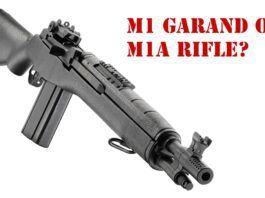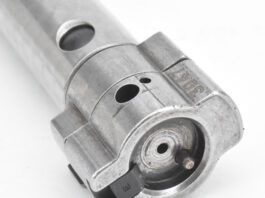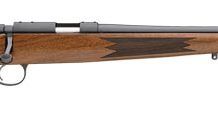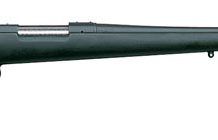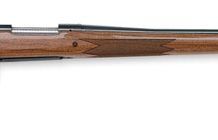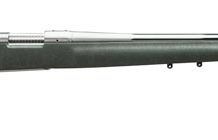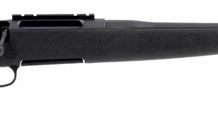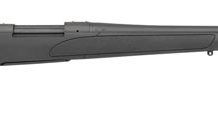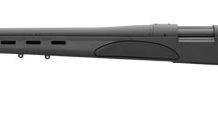Remington 547 Custom Classic Rimfire
Madison, NC – The finely-crafted Model 547 Custom Classic Rimfire rifle is one of the best looking, best-performing bolt action rimfire rifles ever produced.
Remington Model 700 AWR II –As Rugged as the Alaskan Wilderness
Madison, NC – Built to take anything Mother Nature has to dish out, the new Model 700 AWR II combines rugged durability with Custom Shop craftsmanship.
Remington 700 Custom “C” Grade
Madison, NC – The new Model 700 Custom C Grade rifle unites tradition with performance by combining the timeless beauty of walnut and richly-blued steel...
Remington Model 700 North American Custom
Madison, NC – New for 2008, step up to the next level with the Model 700 North American Custom rifle...
Remington Offers Two Rifles Chambered for 17 Remington Fireball
Madison, NC – Remington has added the Model 700 VSSF II and Model Seven CDL to its list of rifles chambered in 17 Remington Fireball.
Remington Celebrates 25 Years of the Model Seven
Madison, NC – New for 2008, Remington celebrates with the introduction of the Model Seven 25th Anniversary chambered in 7mm-08 Remington.
Remington Introduces the Model Seven Predator
Madison, NC – New for 2008, Remington is excited to introduce the Model Seven Predator...
Remington 770 Stainless Camo Version
Madison, NC – The latest edition of the Model 770 bolt-action rifle features a durable 416 stainless barrel, nickel-plated action and bolt and fully camouflaged synthetic stock.
Remington Model 715 Sportsman
Madison, NC – Remington announce the new Model 715 Sportsman bolt-action rifle.
Mossberg Introduces Lever-Action 464 Rimfire
Louisville, KY–O.F. Mossberg & Sons Inc. has introduced a rimfire version of the 464 lever action centerfire rifle rolled out earlier this year.
Remington Adds 7mm Ultra Magnum to 700 SPS Line
Madison, NC – New for 2008, the Model 700 SPS and Model 700 SPS Stainless will be available in the high-performance 7mm Remington Ultra Magnum.
Remington Introduces Two Left-Hand 700 SPS Rifles – Specialty Varmint and a Youth Offering
Madison, NC – Remington is pleased to announce the addition of two left-handed platforms to the Model 700 Synthetic Special Purpose (SPS) family of centerfire rifles...


























